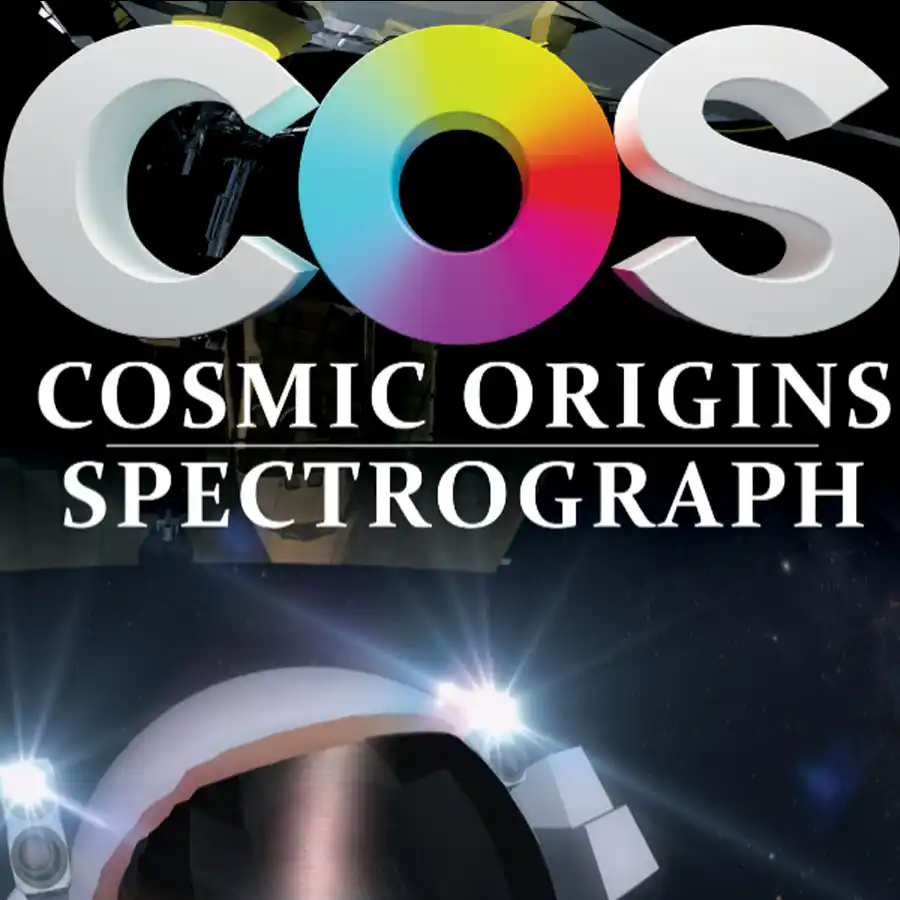A Night at the Planetarium: Cosmic Colors

If you’ve ever wondered why the sky is blue or why Mars is red, Friday, June 13, is your lucky day! Mark your calendars for our next planetarium event: Cosmic Colors.
Enjoy a wondrous journey through the world of color and beyond and discover why many things are the color that they are. Tour the interior of a plant leaf, voyage through a human eye, then step into the invisible universe as you investigate x-rays by taking on a monstrous black hole.
Explore the world of infrared in a roaring fire, and even discover what may have been the actual color of a dinosaur. See the amazing rainbow of cosmic light through Cosmic Colors, an original production of the Daniel M. Soref Planetarium in cooperation with the Great Lakes Planetarium Association.
The one-hour show begins at 8 PM in the Nielsen Physics Building Planetarium (Room 108). The show is free and open to all ages, but seating is limited so please sign up ahead of time.





























